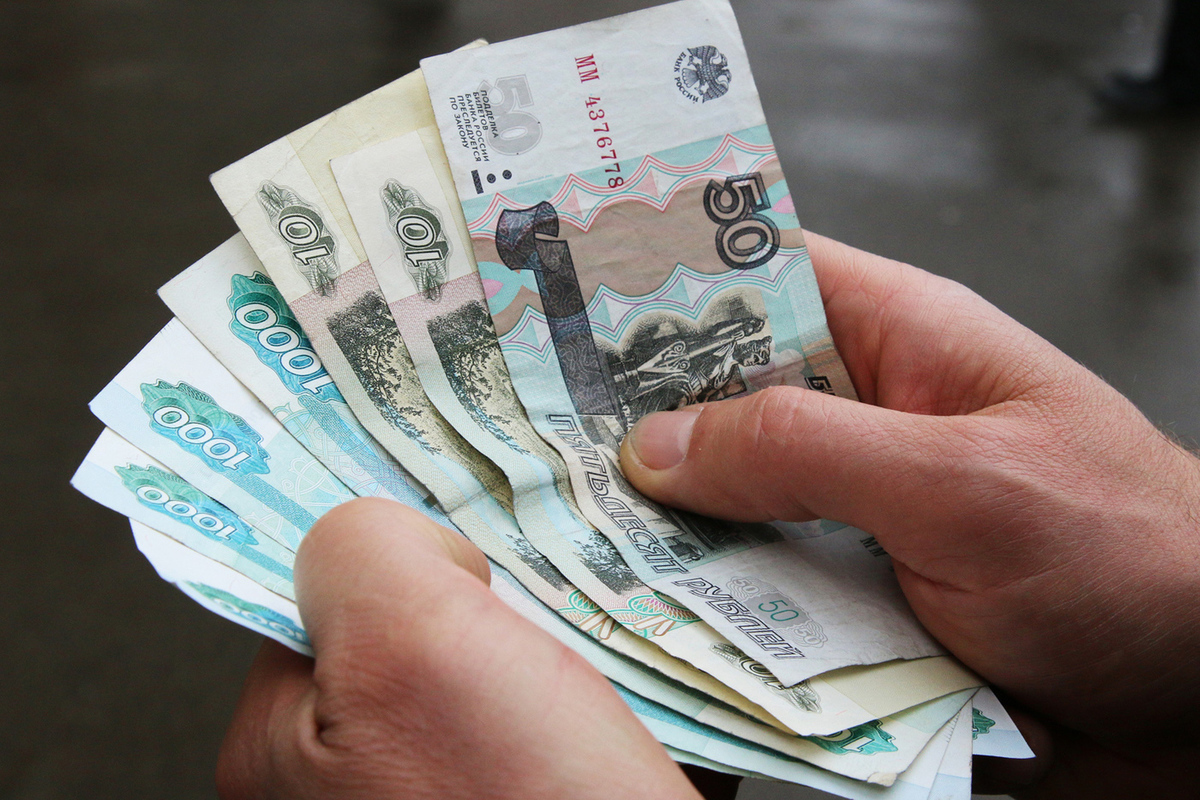Russians massively took cash to banks: motives named
[ad_1]

Rising interest rates had an impact
In October, Russians added 150.7 billion rubles to their bank accounts, thus reducing the amount of cash in circulation. Such a powerful flow of savings “from under the pillow” into non-cash form, not due to seasonal factors, has not occurred at least since the spring of 2022. Experts interviewed by MK attribute this to the growth, firstly, of the population’s savings activity, and secondly, of interest rates on deposits, which was preceded by a tightening of the regulator’s monetary policy.
Compared to September, the return of cash to the banking system increased 5.4 times – in the first month of autumn, the figure amounted to 21.6 billion rubles, according to Central Bank data on the money supply. Then the trend, in fact, was just beginning to take shape. Since July, the Bank of Russia has raised the key rate three times and brought it from 7.5% to 13%, and the average maximum rate on deposits in the top 10 banks rose by almost two percentage points, to 9.77%, in the second ten days of September. In addition, citizens’ interest in cash began to fade at the end of the summer vacation season.
Meanwhile, almost the entire last year, a reverse trend was observed: on average, people withdrew 91.6 billion rubles in cash from their bank accounts monthly, compared to 7.8 billion a year earlier. The reasons are clear: these are restrictions imposed by the Central Bank on the withdrawal of cash foreign currency, and the lack of alternatives to paper money for those who went abroad and were mobilized, and the sharply increased distrust in virtual financial instruments in conditions of general uncertainty.
The “payment behavior” of Russians is absolutely rational in nature: it is determined by the genetic memory of endless crises and irretrievable losses of funds in failed banks. “Cash turnover is inevitably declining all over the world – under the influence of universal circumstances, and there is no special Russian specificity to speak of,” says financial analyst, Candidate of Economic Sciences Mikhail Belyaev. – On the one hand, this is happening due to the increasing spread of non-cash payments, mainly through two channels – through plastic cards and telephone transfers. At the same time, the age factor plays a role: it is the younger generation who prefers to make these types of payments, while older people, of whom, alas, are becoming fewer and fewer, historically prefer cash. As for the current moment, yes, in recent months banks have begun to offer quite attractive conditions for deposits – up to 14-15%, and on a short-term basis.”
These figures are higher than the official inflation of 6.6% and are comparable to household and food inflation. Today, not a single instrument available to the general population is able to compete with them – neither three-year (at 8%) federal loan bonds, nor individual investment accounts (at 13%, which are a tax deduction), or any others. Many bank deposits have three undeniable advantages: short-term (three to six months), allowing flexible management of funds, fairly high income, and finally, the ability to replenish the account or withdraw money without compromising the accrual of current interest. However, Belyaev summarizes, all this does not negate the need to have a sufficient amount of cash at your disposal in case of emergency expenses.
“Most likely, the trend associated with the flow of cash into the banking system will continue, but will become less pronounced,” says BitRiver financial analyst Vladislav Antonov. – Much will depend on the Central Bank’s further steps on the key rate and the general situation in the economy. One thing is clear: public confidence in credit institutions is gradually being restored. Deposit rates have increased noticeably in recent months, which encourages citizens to place funds in bank accounts rather than keeping cash “under the mattress.” In addition, people are making more and more settlements and payments in non-cash form.”
Whatever one may say, Antonov notes, the most profitable option now is ruble deposits with interest rates above the inflation rate. Investments in foreign currency or some other instruments are much less relevant. As for cash, it is still in demand and irreplaceable in small quantities. Especially the older generation.
[ad_2]
Source link






